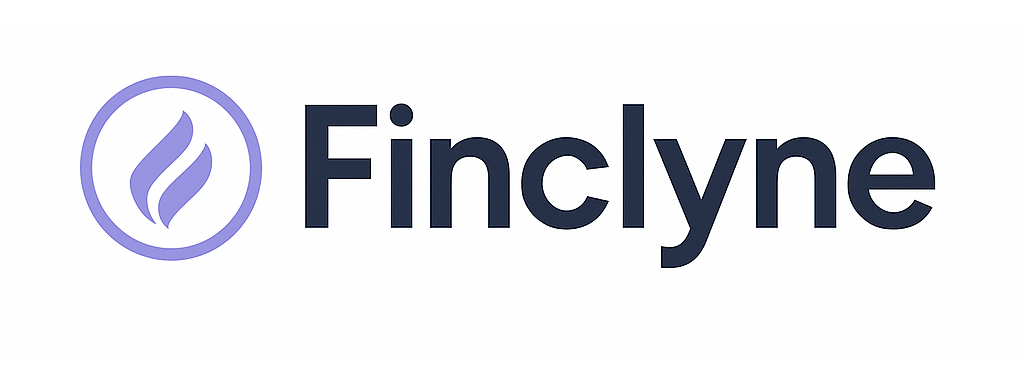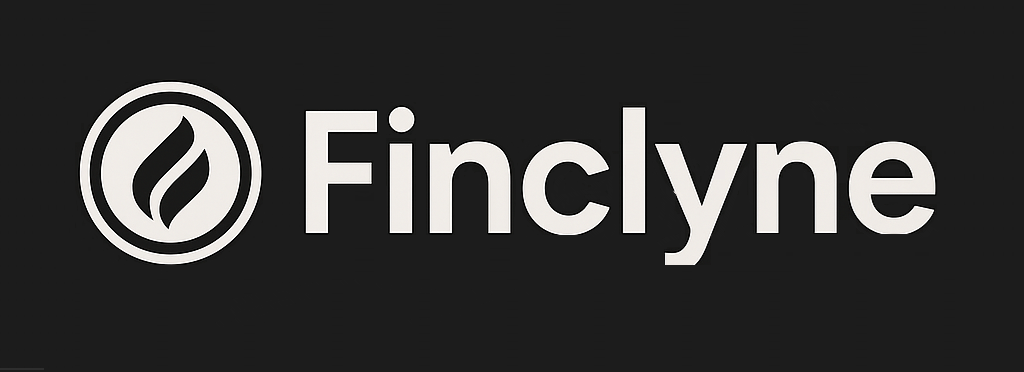Headline: US Oil Fund Rejection at Midpoint Raises Odds of Deeper Pullback
The United States Oil Fund (USO), a widely-traded vehicle for retail and institutional investors to gain exposure to crude oil prices, has stalled at a critical technical level, flashing a warning sign for the energy market. After a multi-week rally, the fund was firmly rejected at a key midpoint resistance, a development that technical analysts believe significantly increases the probability of a deeper price correction in the weeks ahead. This hesitation in the oil market’s primary exchange-traded fund (ETF) comes amid a complex global backdrop of managed supply, wavering demand forecasts, and persistent macroeconomic headwinds.
For many young investors looking to understand market dynamics, the USO ETF serves as a straightforward proxy for West Texas Intermediate (WTI) crude oil, the U.S. benchmark. Its recent price action tells a story of a market struggling to find direction. The “midpoint rejection” refers to the fund’s failure to break above the 50% retracement level of its previous major decline. In trader terminology, this level acts as a natural point of equilibrium between bullish and bearish forces. When an asset rallies to this halfway point and then falls back, it often signals that the sellers have regained control and the preceding upward momentum was merely a temporary bounce rather than the start of a sustained new uptrend.
The technical weakness in USO is not occurring in a vacuum; it reflects a growing unease about the fundamental drivers of oil prices. On the supply side, the narrative has been dominated by the production cuts orchestrated by OPEC+ (the Organization of the Petroleum Exporting Countries and its allies, including Russia). These cuts were intended to create a floor for prices by tightening the global market. However, their effectiveness is being questioned as robust production from non-OPEC countries, particularly the United States, Brazil, and Guyana, continues to add significant supply to the market, partially offsetting the cartel’s efforts.
More critically, the demand side of the equation is flashing amber. Persistent inflation in major Western economies has forced central banks like the U.S. Federal Reserve and the European Central Bank to maintain a hawkish stance on interest rates. Higher borrowing costs are designed to cool economic activity, which inevitably leads to reduced energy consumption for everything from manufacturing to transportation. Economic data from China, the world’s largest oil importer, has also been underwhelming, with its post-COVID recovery failing to generate the robust demand surge that many analysts had anticipated. The combination of a sluggish Europe and a sputtering Chinese economy paints a concerning picture for global oil demand through the remainder of the year.
Furthermore, the strength of the U.S. dollar is acting as another significant headwind. As oil is priced globally in dollars, a stronger greenback makes crude more expensive for countries using other currencies. This price effect can further dampen international demand. The dollar has remained resilient as the Federal Reserve signals its intent to keep rates higher for longer to combat inflation, creating a challenging environment for dollar-denominated commodities like oil.
Looking ahead, the rejection at the midpoint suggests that crude oil prices are vulnerable to a retreat. Traders will now be closely watching key support levels to see if the pullback gathers steam. A break below the recent lows could confirm that a new downward leg is underway, potentially sending USO and WTI crude prices significantly lower. For consumers, this could eventually translate to relief at the gas pump. For the broader economy, however, it serves as another indicator that the global growth engine may be slowing down, a crucial piece of the puzzle for anyone trying to navigate today’s intricate financial landscape.





